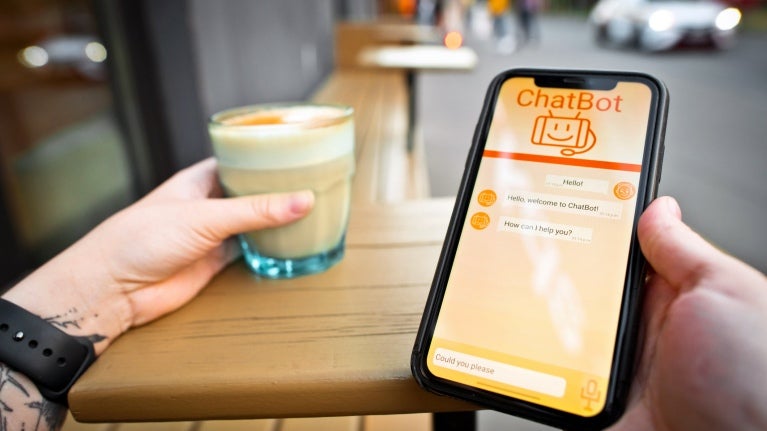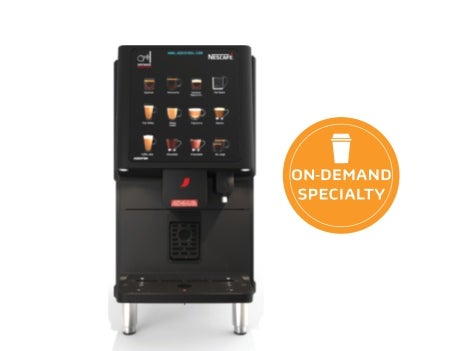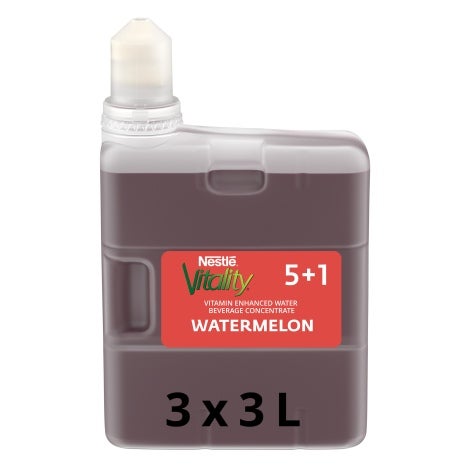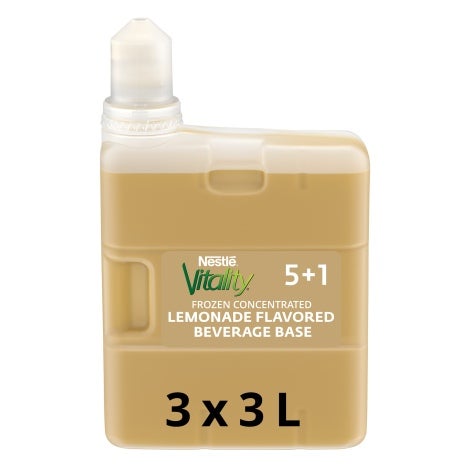
How to Apply AI in Your Beverage Program
Generative AI can give your beverage menu a boost. Learn how chatbots can produce tasty, innovative recipes from items on hand.
In early November, users of the artificial intelligence platform ChatGPT Plus found a new beverage-focused application waiting for them when they logged on. “Mocktail Mixologist” promised to “make any party a blast with mocktail recipes with whatever ingredients you have on hand.”
This mocktail-focused application uses the application’s latest functionality, called “My GPTs,” which allows subscribers to design their own customized AI assistants to help with specific tasks. Another one is Sous Chef, which states “I’ll give you recipes based on the foods you love and ingredients you have.”
Both are examples of how the technology known as generative, or conversational, AI, can be used for foodservice applications, and even specific categories, such as beverages. Along with ChatGPT, other popular generative AI platforms include Google’s Bard and Anthropic’s Claude.
With generative AI becoming more widely used, and more powerful, now may be a good time to focus on ways it can be used for your beverage program.
First, understand “prompts.” Getting the most out of generative AI usually starts with your prompt, or the way you query it. One great way is to ask it to “Act as an expert.” This focuses its responses. For example, you can ask AI to “act as a cocktail expert.” Then query it on something more specific, such as “What are some ideas for cocktails using iced tea?”
Ask AI to take trends in new directions: Generative AI systems like Google’s Bard or Bing, which is built on ChatGPT, can be very helpful at coming up with creative new drinks for your menu based on what’s trending. As an example, we asked Bard to invent some on-trend beverages and here’s what it came up with:
- Matcha-Lemon Zinger, described as “a revitalizing blend of matcha, lemon, and agave nectar for a boost of antioxidants, caffeine, and vitamins”
- Ginger-Lime Fire Starter: “A zesty and invigorating agua fresca with ginger, lime, and cayenne pepper, which it says, “is perfect for quenching thirst and boosting energy”
- Raspberry Hibiscus Kiss: “A vibrant and flavorful mocktail with hibiscus, raspberry, coconut water, and mint, offering a delightful balance of sweet, tart, and floral flavors”
Let AI scroll social media for you. Query any of the internet search-enabled AI applications and they will clue you in on the latest beverage trends to incorporate into your menu. As an example, Bing came back with these trends: plant-based, health-driven, fashion beverages, natural and herbal-inspired flavors, indulgent, selective spending, and mindful drinking.
Let AI act as your customer survey assistant. Survey your customers about your beverage offerings and feed their responses into one of the generative AI programs. They can summarize and extract the most important learnings from the responses, saving you a lot of time having to sort through them yourself.
Harness image-based AI. The power to work with your phone’s camera is also being built into some paid AI services. ChatGPT Plus recently incorporated using photos of what you have on hand to come up with new recipes. All you do is take a photo of the ingredients you have, upload the photo, and then prompt it with “what beverages can I create using what’s in this photo?” The AI will then offer beverage suggestions based on what it sees.
Recruit an AI chatbot to help train your team. Unlike a typical search engine, generative AI excels in mentoring because users can delve as deep as they need to gain a full understanding of a topic. It will also often surprise you with some unexpected tips. A recent query about how to make a Bloody Mary, as an example, offered the handy tip to “experiment with garnishes.”
Don’t forget the human element. Remember, AI chat is a new technology and sometimes the results are not completely reliable. They’re getting better, but for now it’s a good idea to double-check responses. And this leads to another important tip: Experienced users often find the best results come from human/AI collaboration. According to Datassential, brands often use AI as a tool to come up with new ideas that are then tweaked and executed by chefs and R&D teams.1
AI functions foodservice customers are the most comfortable with today2
- AI tool that recommends specials or discounts based on customers’ purchase history (45% of consumers find this idea somewhat or very appealing)
- AI that instantly adjusts dishes around customers’ dietary needs (42%)
- That automatically incorporates seasonal, local, or trendy ingredients into a restaurant’s menu (39%)
- Recommends dishes based on customers’ ordering history (37%)
- Takes drive-thru, mobile, or digital orders (32%)
- Creates recipes and designs an entire menu (32%)
- Dynamically adjusts menu prices based on demand or time of day (31%)
- Takes orders and provides customer service, instead of human waitstaff (30%)
Sources: 1. Datassential, 2024 Food Trends (November 2023). 2. Datassential, AI: The Consumer Perspective (October 2023).
The information provided is based on a general industry overview and is not specific to your business operation. Each business is unique, and decisions related to your business should be made after consultation with appropriate experts.







